The Mausoleum of Emperor Yandi (Yandi Ling Park)
2016-12-21 11:08:08 Zhangjiajie Tourism Information Website
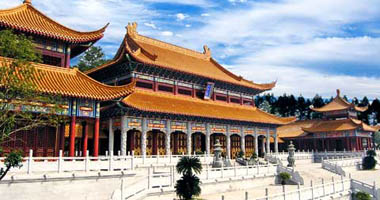
The Chinese people are proud of being descendants of Emperor Yan and Emperor Huang, who respectively ruled the Yangtse River valley and Yellow River about 5,000 years ago. They both made great contributions to their primitive tribes and are looked on as the revered ancestors of the whole nation.According to legend, Emperor Yan "Invented"spade-shaped plough, taught his subjects how to do farm work, tasted various herbs, made medicines, wove hempen cloth and set up markets."
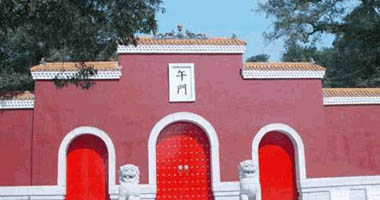
Late in his life, he continued to serve his people by treating their diseases and, unfortunately, died of tasting poisonous herbs in Ling County. Admiring his merits and virtues, his posterity built the Ancestral Temple to Emperor Yan at his burial mound in 967. Since then, in important ceremonials, sovereigns of every later dynasty would always tell envoys to visit the temple and offer sacrifices. Ruined several times in wars, it was rebuilt in the Qing dynasty(1616-1911). Yet, in 1954, it was burnt down. In October, 1985, the provincial government approriated a large sum of money and ordered the construction of the Mausoleum of Emperor Yan at the former site in Ling County. Now it has been a sacred place where the Chinese people pay homage to their ancestor.
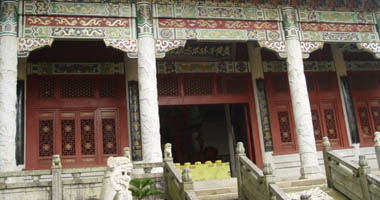
The front gate is called the Meridian Gate since our ancestor enjoys supremacy even unchallenged by sovereigns. It is flanked by partitioned rooms that house dozens of steles inscribed with funeral orations of varous dynastied . Beyond the gate, the vermillion steps lead to the Salute Pavillion, where worshipers are supposed to stop and give a salute before entering the main hall. Behind the pavillion unfolds three marble ramps carved in relief with patterns of invertwining clouds and dragons. They are fixed between six flights of marble steps that climb up the three-tiered terrace. High on the terrace stands the main hall, a finely decorated building with a hipped and gabled roof of double eaves. It houses a golden statue of Emperor Yan siting behind a basketful of crops, with a bunch of rice ears in the left hand and a medicinal herg in the right hand. Behind the hall is a pavillion, in which the grave stone is erected; and further on, the resting place of our revered ancestor lies in the rear of the courtyard. These major buildings, distributed one after another along the central axis, are symmet-rically flanked by minor buildings, such as the Sage-Worshiping Temple the Loft Virtues Archway, the Animal- Sacrificing Pavilion and the Harvest-Singing Terrace.
According to historical records, people have performed sacrificial rituals in honor of Yan, since the Han Dynasty (206BC-AD220). There are a variety of activities in the ceremony, including offering objects or animals, playing music, and dragon dance performances, among others.
The memorial ceremony has two types; the official and the folk, both of which have been preserved from ancient times. According to historical records, the grand ceremony was held 15 times during the Ming Dynasty (1368-1644), and 38 times during the Qing Dynasty (1644-1911).
Attractions:
Although we can't work out when Emperor Yan Mound was first built, according the records of history books, it must have been built before the Five Dynasty. In 967 A.D., Emperor Taizong of Song Dynasty assigned people to build a temple in front of Emperor Yan's Mound and Emperor Kangxi and Emperor Daoguang of Qing Dynasty also assigned officials to stand gravestones here. Emperor Yan is o?ne of the ancestors of Chinese people, he and Emperor Huang are called Yanhuang.
Emperor Yan’s Mound is 6 m high and the diameter of its bottom is 27 m long. In front of the mound stands a gravestone set up by Emperor Daoguang in Qing Dynasty, writing the epigraph “Emperor Yan Shennongshi’s Mound”. In 1986, when the repair construction was finished, president Hu Yaobang also wrote a epigraph “Emperor Yan Shennongshi’s Mound”, which was carved into the white marble gravestone standing in the center of gravestone kiosk in front of the mound. All the Mound zone is surrounded by high mountains and Mishui River flows under the mountains, so the environment here is very quiet and peaceful.
Zhuzhou enjoys humid monsoon climate in subtropical zone. The four seasons are distinct; the rain and heat is abundant with 286 days of frost-free period. The annual average temperature falls between 16℃ and 18℃. The four seasons are suitable for traveling, especially spring and autumn.
If you go to Emperor Yan's Mound Tourist Zone to sacrifice Chinese people's ancestor, Shenlongshi, think of his great deed in tasting various herbs and recall his benefaction, you will have a feeling of thankfulness and bring a pure deep love to our people and nation.
Traffic
The mausoleum of Emperor Yandi is in Luyuan Slope, 19 kilometers west of Yanling County, Hunan Province.You can take a bus to Zhuzhou city from Changsha.
Then Take scheduled bus in Zhuzhou City to Yanling County. Then take a bus to Emperor Yan's Mausoleum and get off at Yandi Emperor Mausoleum arch, take the local bus, the fare is $3 or 4, the fare of taxi is $20-30.
Admission (for reference): RMB 45yuan /adult
Tel: (86)731-26100857
Yandi Mausoleum fee and opening hour
Ticket : 15 yuan
Opening hours: 08:00-17:30
Tips
1.If you go to Emperor Yan's Mound Tourist Zone to sacrifice Chinese people's ancestor, please keep silent and dignified.
2.please respect Chinese cultural monument, do not scrawl randomly and touch them with your hands.
-
Zhangjiajie package service for family self-help tourism5D 4N $0.00¥0.00
-
3N4D Zhangjiajie mountaintop staying for highlight sunrise tour4D 3N $241.74¥1580.00
-
4D3N Family tour to ZJJ avatar park-Grand cayon-Glass bridge-Tianmenshan4D 3N $302.94¥1980.00
-
3N4D Group tour for Zhangjiajie rock climbing tour in avatar park4D 3N $0.00¥0.00
more FAQ
- 1About Full introduction for Zhangjiajie Glass Plank Road
- 2What is Zhangjiajie's sister World Geopark?
- 3Top 5 places for Zhangjiajie winter tour
- 4Zhangjiajie top 5 hiking places
- 5Zhangjiajie's best places for sunrise & sunset tour
- 6Do you know about Zhangjiajie cultural heritage?
- 7Zhangjiajie travel entrance fee,cableway,elevator,sightseeing train cost
- 8Hunan Province Weather Profile











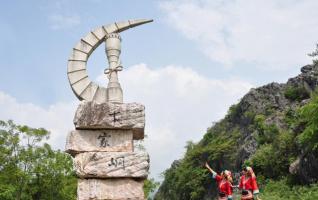
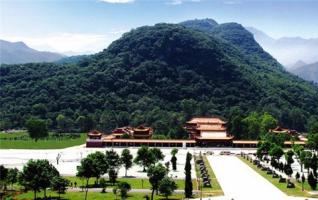
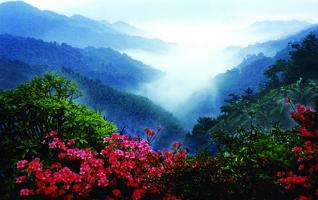
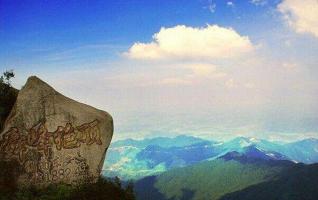
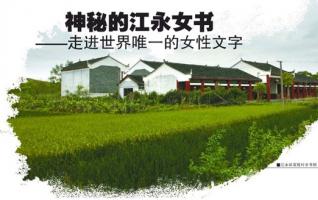
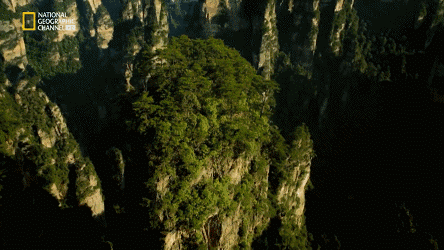
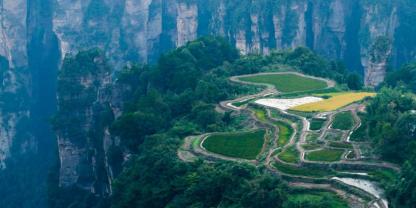
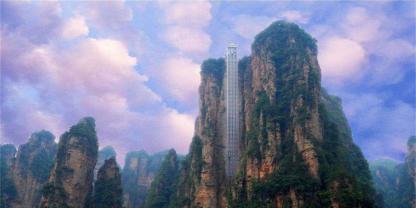
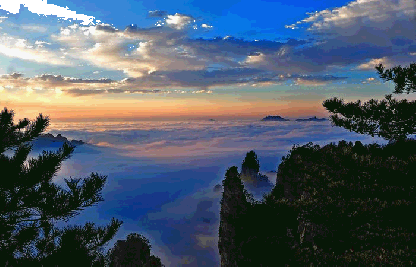
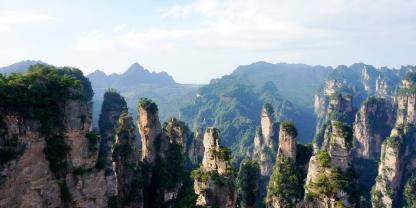


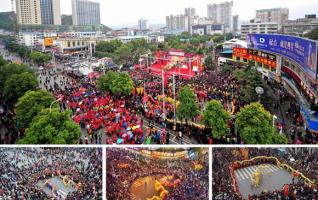



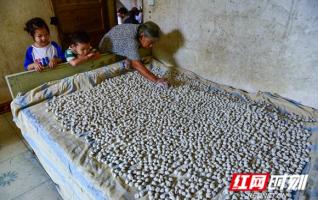
![Top food recommendation for Hunan tourism[Photo Gallery]](http://www.zjjbk.com/uploadfile/2017/0521/thumb_318_200_20170521042544645.jpg)
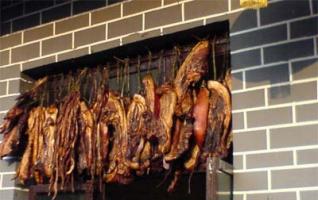
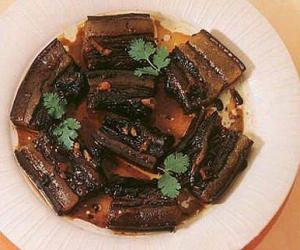
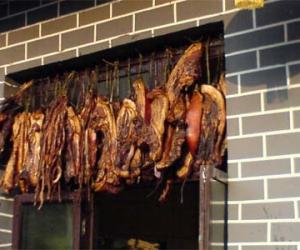
![Zhangjiajie old method of producing vegetable oil[Photo-step process]](http://www.zjjbk.com/uploadfile/2016/1220/thumb_318_200_20161220044619231.jpg)

